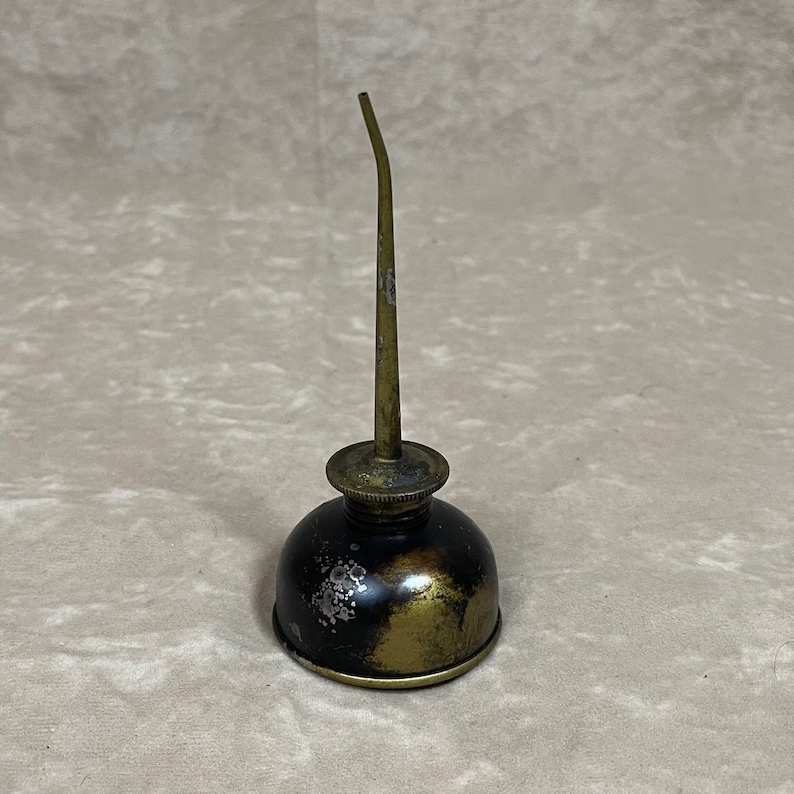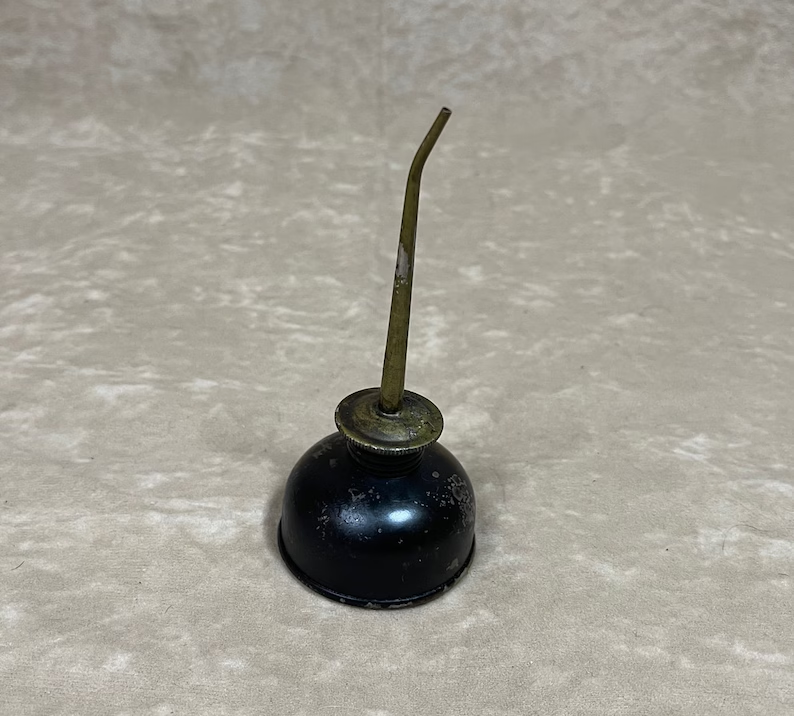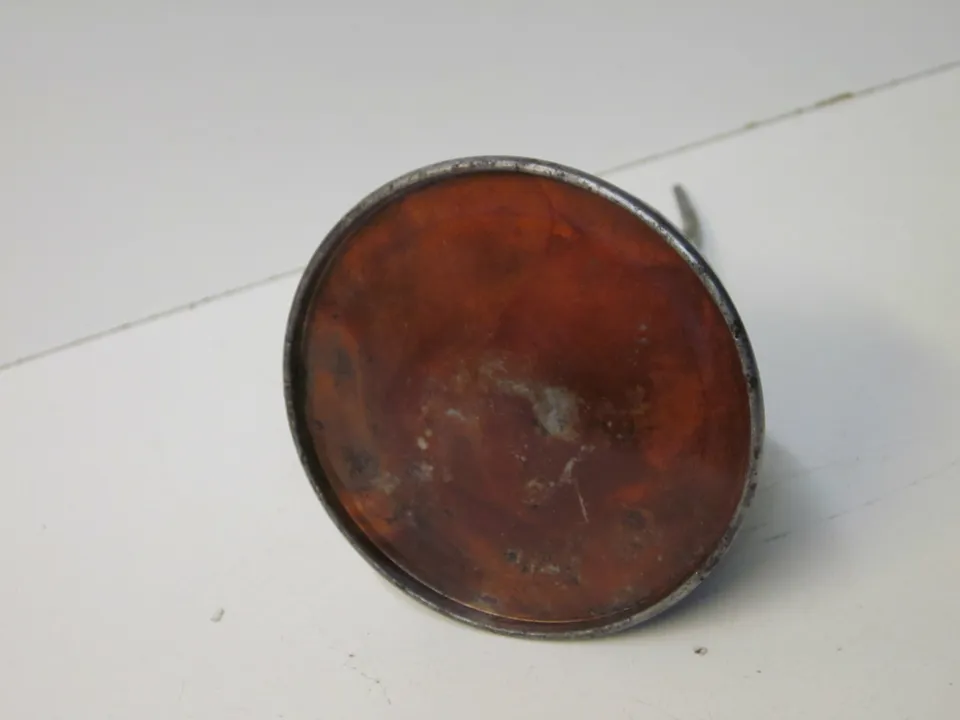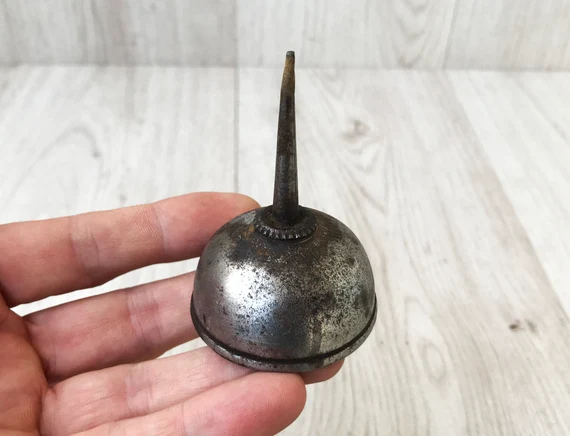Vintage oil cans may seem like simple tools, but their significance in the automotive and mechanical world stretches far beyond functionality. These robust containers were a staple in the late 19th and early 20th centuries, offering a solution for the growing demand for efficient oil storage and dispensing systems. Today, they are celebrated for their craftsmanship, historical importance, and aesthetic appeal. Let’s dive into the fascinating world of vintage oil cans, exploring their history, practical use, and enduring legacy.
Historical Overview: The Rise of Vintage Oil Cans

Vintage oil cans emerged during a transformative era in history—the late 1800s and early 1900s—when industrialization was booming. With the increasing popularity of automobiles and machinery, there arose a need for tools that could easily store and apply lubricating oils. This led to the creation of the first oil cans, primarily made from tin or steel.
The early designs were simple yet highly functional. Most featured a precise, elongated spout to ensure that oil could be applied directly to engines and other machinery components without making a mess. A well-placed handle allowed users to hold and pour the oil can with ease. These cans were not just about utility, though; many of them were crafted with decorative elements like embossed logos, patterns, or unique finishes, reflecting the craftsmanship and attention to detail of that era.
As industries grew, so did the variety of oil cans. Some were small and portable, perfect for individual use in homes or small workshops, while others were larger, designed for professional use in garages or industrial settings. Regardless of size or style, vintage oil cans quickly became a symbol of the golden age of mechanical innovation.
The Practical Usage of Vintage Oil Cans
While vintage oil cans are now viewed as collectible items, their original purpose was straightforward—dispensing and storing lubricating oils for engines, gearboxes, and other mechanical parts. Their design was meticulously thought out to address the specific needs of the time. The long, slender spout made it easy to apply oil to hard-to-reach areas, reducing spills and waste. This was crucial in maintaining the functionality and longevity of machinery, especially in the early days of automobiles, when precise maintenance was vital.
Most vintage oil cans were operated manually. Users would tilt the can to pour oil, and some cans even had a pump mechanism to control the flow. The simplicity of these devices made them reliable and easy to use, contributing to their widespread popularity. Additionally, many oil cans came with removable caps or lids, which helped prevent contamination and evaporation of the oil—a feature that further increased their value in the maintenance of mechanical equipment.
In some cases, these oil cans were more than just tools; they became visual representations of the brands that produced them. Companies often embossed their logos on the cans, and some even painted them with vibrant colors or intricate designs, making them stand out in a crowded workshop or garage. Today, these branded cans are highly sought after by collectors, who appreciate the blend of function and aesthetics that characterized vintage oil cans.
The Craftsmanship Behind the Design
One of the most appealing aspects of vintage oil cans is the craftsmanship that went into their design. Unlike today’s mass-produced, plastic oil containers, these cans were made from durable materials like tin or steel, and each one was designed with precision. The attention to detail is evident in the elegant curves of the spouts, the smooth functionality of the handles, and the artistic touches like embossed patterns and logos.

In some ways, vintage oil cans can be seen as miniature works of industrial art. Their aesthetic appeal was just as important as their functionality, which is why many of these cans were decorated with intricate designs that reflected the brand’s values and identity. Companies like Eagle Manufacturing and others became famous for producing oil cans that were not only practical but also beautiful, adding a touch of elegance to an otherwise gritty workshop setting.
Today, the craftsmanship of these vintage oil cans continues to be admired by enthusiasts and collectors, many of whom seek out rare or uniquely designed cans to add to their collections. The blend of utility and artistry is what makes these items so timeless, and it’s why they continue to be highly valued by those who appreciate the history of industrial design.
Collecting Vintage Oil Cans: A Growing Passion
The legacy of vintage oil cans has endured, and they have become a favorite collectible for many enthusiasts. Collectors are drawn to these items for a variety of reasons—their historical significance, their unique designs, and the sense of nostalgia they evoke. Some vintage oil cans have become rare and highly valuable, especially those that feature the logos or branding of well-known companies from the early 20th century.

Antique shops, online auctions, and specialty fairs are popular places for collectors to find these cans, with certain rare designs fetching high prices. In addition to their aesthetic and nostalgic appeal, many collectors appreciate the craftsmanship that went into making these cans, seeing them as a testament to a time when even the simplest tools were built to last.
The Influence on Modern Design
Interestingly, the influence of vintage oil cans extends beyond their historical context. Their practical, yet elegant design has inspired modern tools and containers. In fact, many contemporary oil dispensers and industrial tools borrow elements from vintage designs, particularly the functional aspects like long spouts and ergonomic handles.
Even in today’s highly mechanized world, the core principles of vintage oil cans—durability, ease of use, and attention to detail—remain relevant. This enduring appeal speaks to the quality of these items and their place in the broader history of mechanical innovation.
Conclusion: The Lasting Legacy of Vintage Oil Cans

In summary, vintage oil cans are more than just utilitarian objects—they represent a bygone era of innovation, craftsmanship, and attention to detail. Their functional design helped maintain the machinery that powered the industrial age, while their artistic elements added a touch of beauty to everyday tasks.
Today, vintage oil cans are cherished not only for their historical significance but also for their unique aesthetic appeal. Whether collected as antiques or appreciated for their role in the evolution of mechanical tools, these oil cans remain iconic pieces of industrial history. Their legacy lives on, reminding us of a time when even the simplest tools were crafted with care and precision, blending form and function in a way that still resonates with us today.